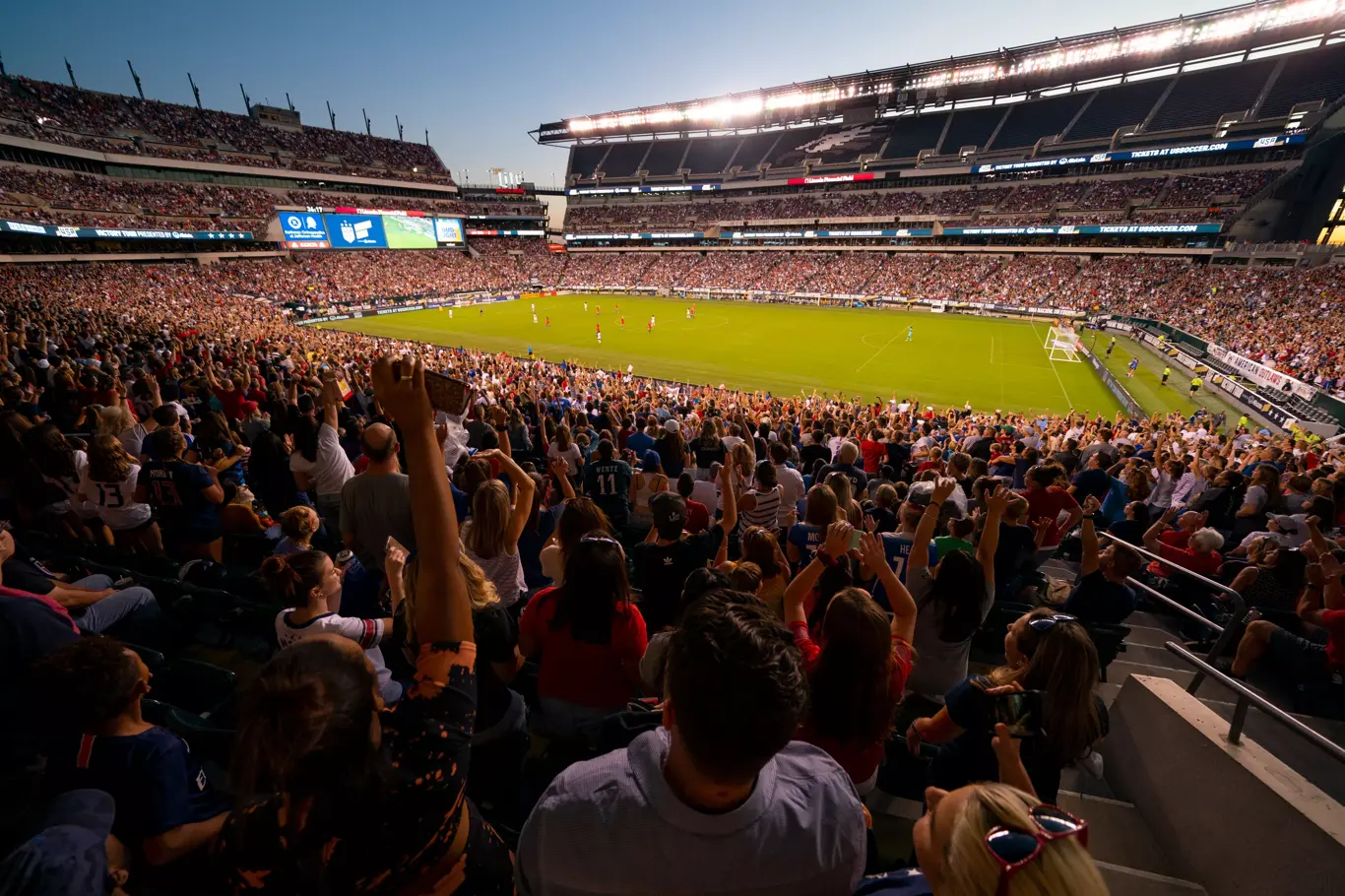Like many historic venues, the Philadelphia Stadium has faced its share of challenges over the years. Understanding these difficulties sheds light on the resilience displayed by both the institution and its supporters.
Economic Downturns and Funding Issues
The financial instability that accompanied various economic downturns presented significant obstacles for the Philadelphia Stadium. Declines in attendance and sponsorship revenues posed threats to its operational viability, prompting concerns about its future.
However, through strategic planning and community support, the stadium weathered these storms. Efforts to revitalize the venue included upgrading facilities, enhancing the fan experience, and investing in marketing initiatives that attracted new audiences. These adaptive measures underscored the commitment to preserving the stadium’s legacy while ensuring its continued relevance.
Moreover, the stadium’s ability to navigate economic challenges highlights the resilience inherent in the Philadelphia community. Collective efforts from fans and stakeholders showcased the power of unity and collaboration, reaffirming the belief that challenges can be overcome through dedication and perseverance.
Changes in Sports Culture and Competition
As the landscape of professional sports evolved, so too did the demands placed upon venues like the Philadelphia Stadium. The advent of new technologies, shifts in audience preferences, and increasing competition from alternative entertainment options required constant adaptation to stay relevant.
To address these changing dynamics, the stadium embarked on modernization projects that incorporated advanced technology and enhanced amenities. Attendees now enjoy improved connectivity, immersive experiences, and upgraded facilities that cater to evolving consumer expectations.
This adaptability reflects the spirit of innovation that defines the Philadelphia community. Rather than resisting change, the stadium embraced it, positioning itself as a leader in the industry while remaining true to its roots.
Preserving History Amidst Modernization
While modernization is crucial for staying competitive, the challenge lies in balancing progress with the preservation of historical significance. The Philadelphia Stadium has effectively navigated this tension, paying homage to its storied past while embracing the future.
This commitment to preservation is evident in initiatives aimed at honoring legendary moments, celebrating iconic athletes, and showcasing the history of the venue itself. Such efforts ensure that the rich tapestry of experiences and memories remains accessible to current and future generations.
By striking a harmonious balance between the old and the new, the Philadelphia Stadium reinforces its role as a cherished landmark—a place where history and contemporary culture converge.
Conclusion
The Philadelphia Stadium stands as a beacon of history, culture, and community spirit. From its origins and major events to its impact on the local community and resilience in the face of challenges, the stadium encapsulates the essence of what makes Philadelphia unique.
As we reflect on the stories etched into its walls, the champions it has witnessed, and the lives it has touched, we recognize that the Philadelphia Stadium is more than just a venue for sports; it is a vital component of the city’s identity, helping to weave the fabric of a vibrant and enduring community.
Through collective memories, fervent rivalries, and shared triumphs, the Philadelphia Stadium will continue to shape the future, inspiring generations to come. Let us celebrate its historical significance and cherish the moments that make it a beloved institution in the heart of Philadelphia.
